Microsoft has recently enhanced the Snipping Tool in Windows 11 by introducing a screen recording feature. This addition allows users to easily capture on-screen activities without relying on third-party applications. Whether you're creating tutorials, recording demonstrations, or saving video calls, the Snipping Tool makes screen recording straightforward and accessible.
Recording Your Screen with the Snipping Tool
Before you begin, ensure that your Windows 11 system is updated to the latest version. To update, go to Settings > Windows Update and install any pending updates.
Note: If the screen recording option doesn't appear in the Snipping Tool after updating Windows, open the Microsoft Store, navigate to the Library tab, and download any available updates for the Snipping Tool.
Step 1: Click on the Search icon in the taskbar to open the search function.
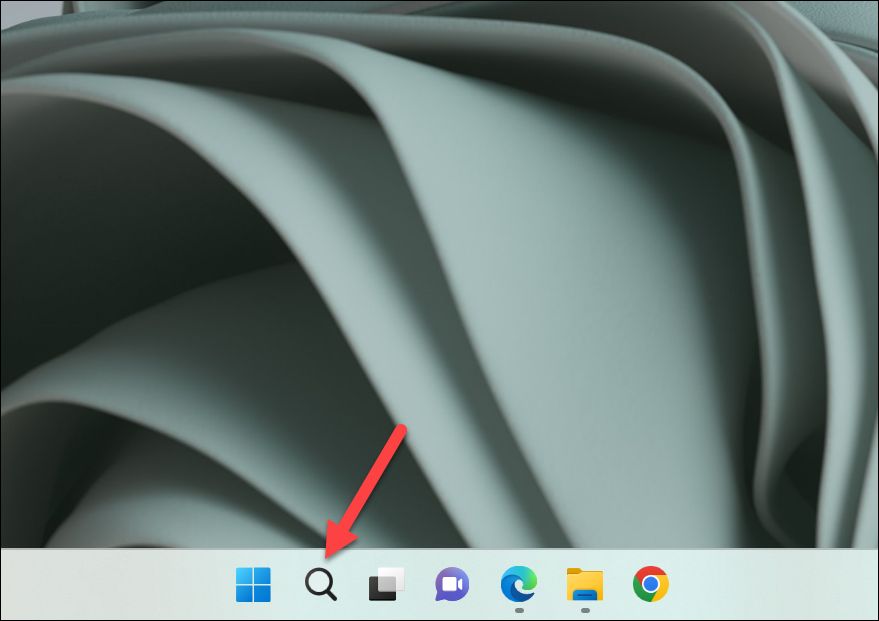
Step 2: Type Snipping Tool into the search bar and select the application from the search results to launch it.
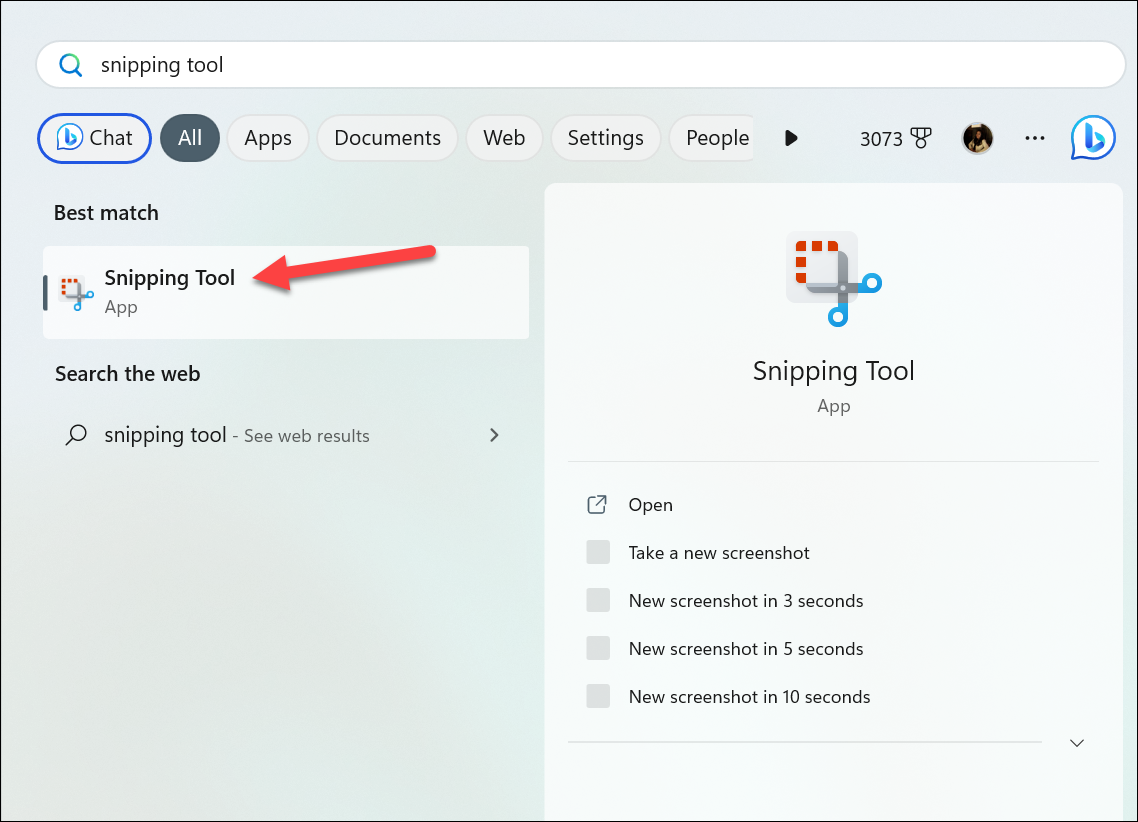
Step 3: In the Snipping Tool window, switch to the Record mode by clicking on the video camera icon located at the top.
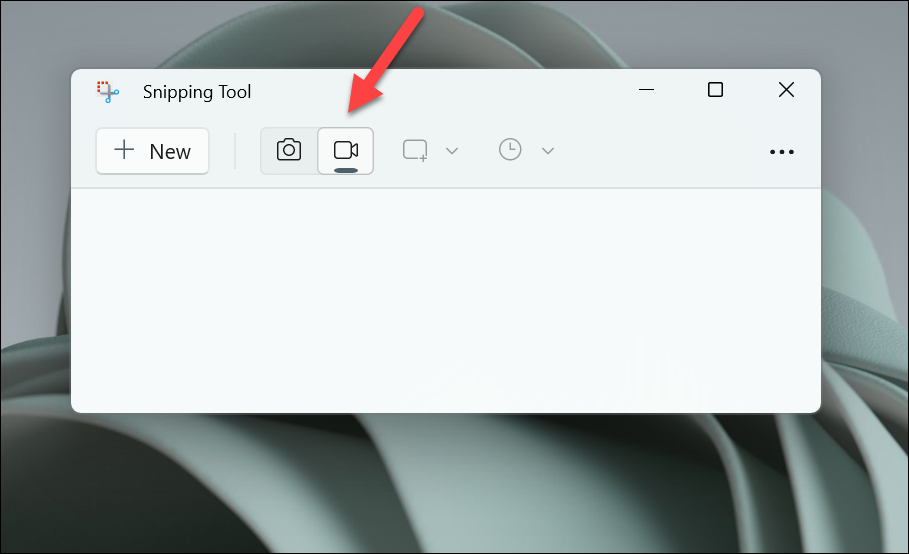
Step 4: Click the New button to initiate a new screen recording session.
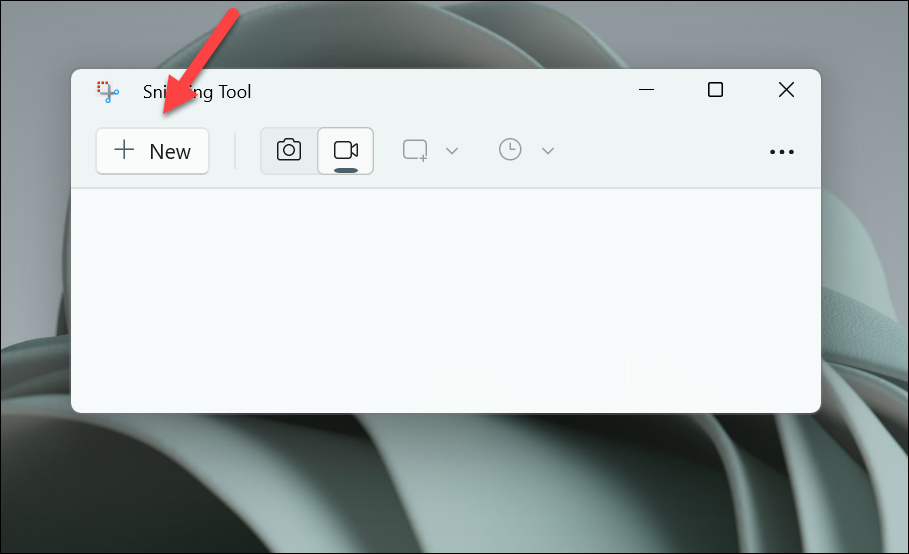
Step 5: Use your cursor to select the area of the screen you wish to record. Click and drag to draw a rectangle around the desired section. To record the entire screen, drag from one corner of the screen to the opposite corner. If needed, adjust the selection by moving the edges in or out. Note that once the recording starts, you won't be able to modify this selection.
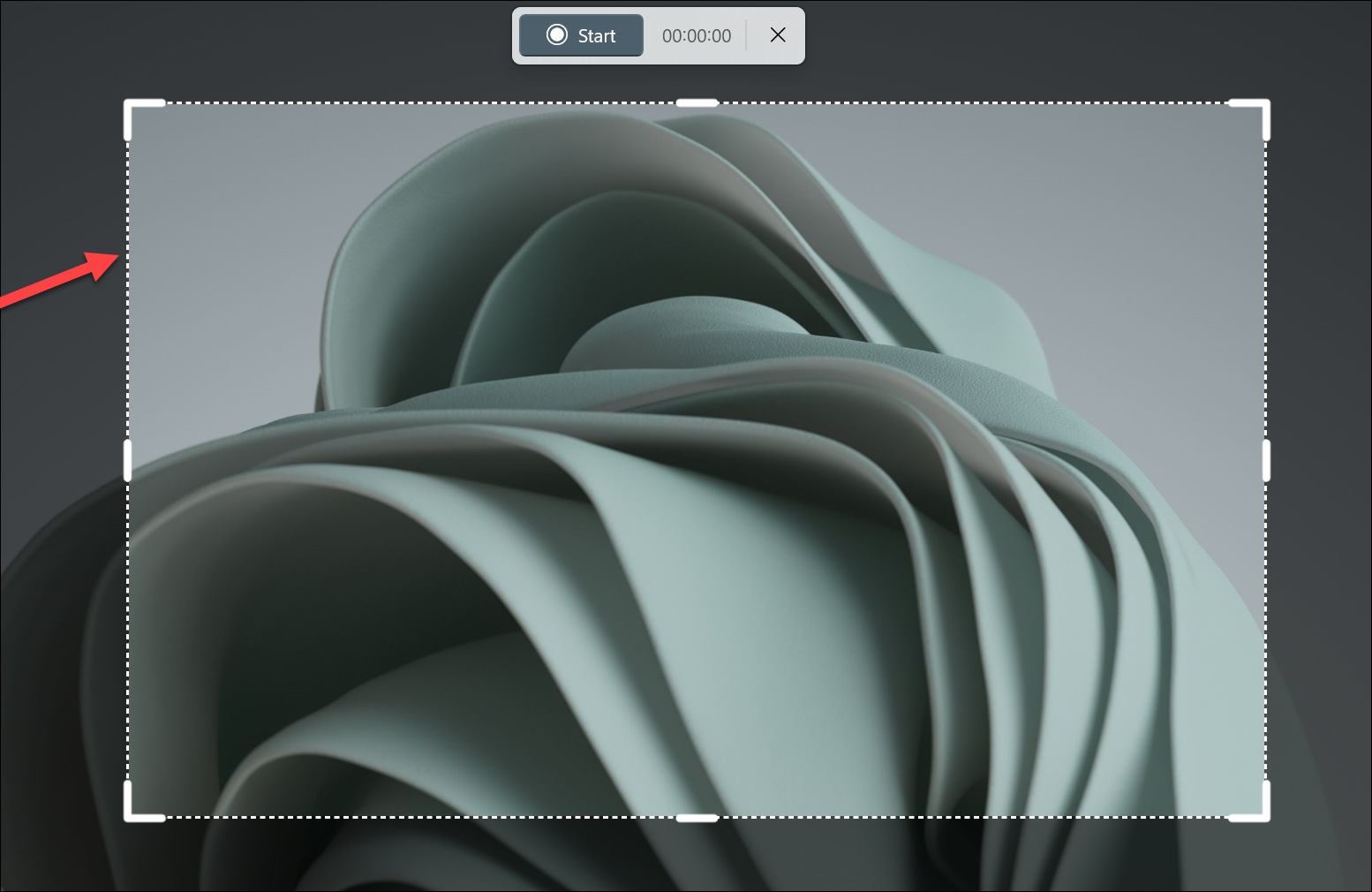
Step 6: After selecting the recording area, click the Start button on the Snipping Tool toolbar to begin recording.

Step 7: While recording, you have the option to pause the session by clicking the Pause button on the toolbar. To resume, click the Play button. If you wish to discard the current recording, select the Delete icon. When you're finished, click the Stop button to end the recording.
Step 8: Once the recording stops, it will open within the Snipping Tool window. Here, you can preview the video. To save it, click the Save icon located in the upper-right corner. The default save location is the Videos folder, but you can choose a different destination if you prefer.
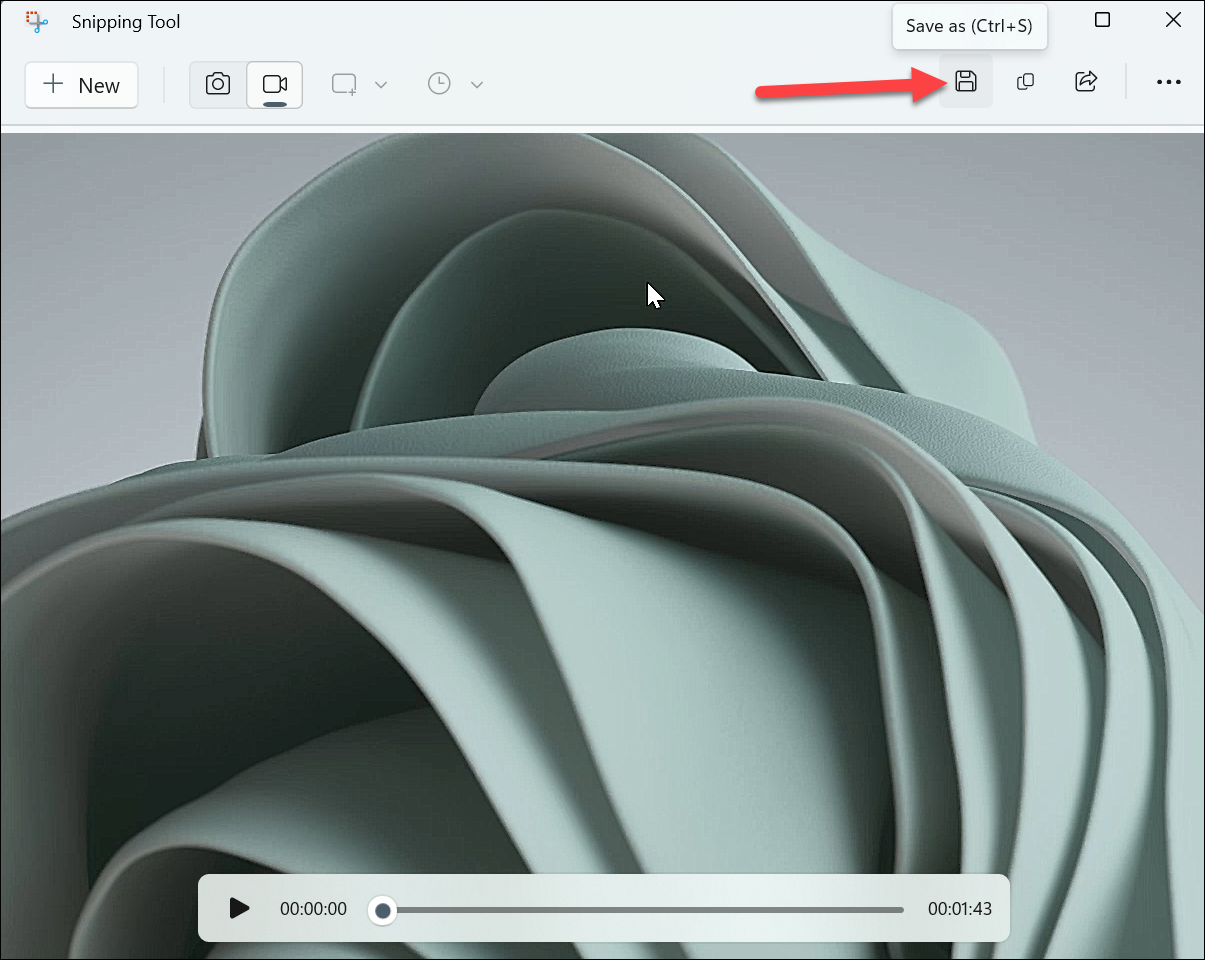
Step 9: To share the recording directly from the Snipping Tool, click the Share button. You can share the video via Outlook, Microsoft Teams, Mail, or use Nearby sharing to send it to nearby devices.

The Snipping Tool's screen recording feature provides a convenient way to capture your screen activities in Windows 11 without the need for additional software. While it is a relatively new feature and may occasionally have minor issues, it offers a promising solution for your screen recording needs.





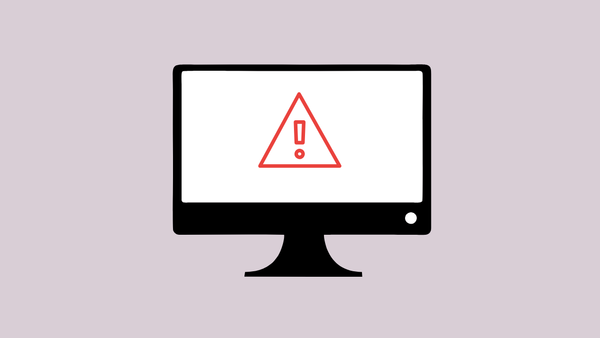
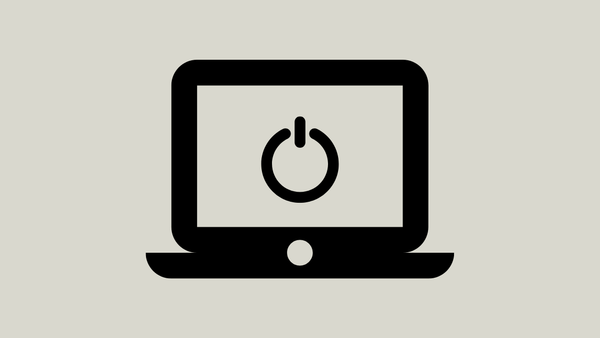
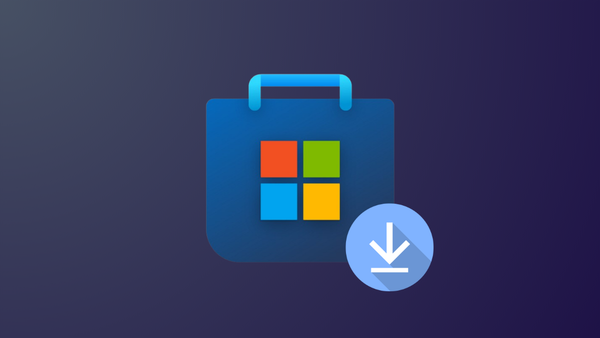


Member discussion